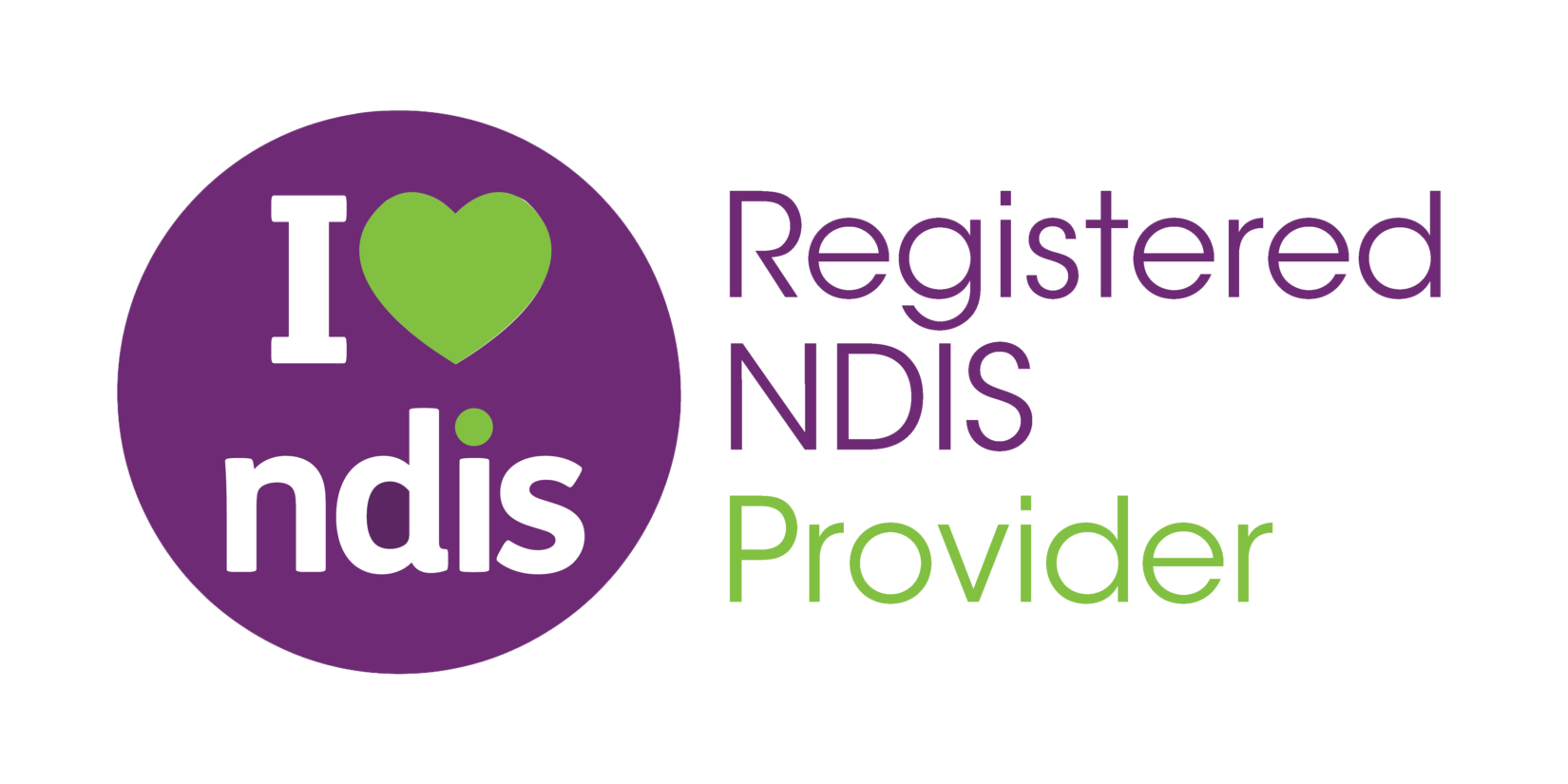Get in touch
Email: info@empoweringabilityjourney.com.au
Phone: 0451 093 210 or 1300 045 841
What You Need to Know Before Administering Medication
A Guide to Subcutaneous Injections
Subcutaneous (subcut) injections deliver medication into the fatty layer just below the skin. This method provides slower absorption compared to intramuscular injections due to lower blood supply.
Common medications include insulin, anticoagulants like heparin, and other water-soluble drugs in small doses (below 2 millilitres).
The Most Important Steps in Subcutaneous Injection Care
Preparation and Hygiene
Staff administering subcutaneous injections must receive proper training. Always follow the "seven rights of medication": right patient, medication, dose, time, route, reason, and documentation.
Use strict hygiene practices, including washing hands, wearing PPE, and using sterile equipment, to reduce risks.
Site Selection and Technique
Select areas with sufficient fatty tissue, such as the abdomen. Follow these steps for proper technique:
- Insert the needle at a 90-degree angle.
- Inject steadily and smoothly.
- Pinch the skin as needed for effective administration.
Post-Injection Protocol
Dispose of needles immediately in a sharps container to prevent injuries. Record all steps, including medication given and observations.
Watch for adverse reactions like swelling, redness, or signs of overdose or withdrawal.
Patient Engagement and Communication
Obtain informed consent from the patient or their advocate. Explain the procedure clearly to ease anxiety and gain cooperation.
Show empathy and prioritise the patient’s comfort throughout the process
Kawala's Advice on Rotating Injection Sites
Changing the spot where you inject can prevent skin irritation.
Keep track of your injection sites to give each area time to heal.
Kawala's Advice on Rotating Injection Sites
Changing the spot where you inject can prevent skin irritation.
Keep track of your injection sites to give each area time to heal.
Preventing Injection Complications Before They Start
Adherence to Policies
Follow organisation policies on hygiene, waste management, and injection methods. Make sure all staff are trained and receive regular updates to stay competent.
Site Rotation
Rotate injection sites regularly as outlined in the care plan. This prevents tissue damage and irritation, making sure treatment remains effective.
Error Minimisation
Double-check medication doses and patient details before every injection. Confirm all elements of the care plan to avoid mistakes.
Timely Training and Documentation
Provide regular training to help staff handle adverse reactions and infections confidently. Keep detailed documentation and review it regularly to address any discrepancies.
Clear Escalation Protocols
Train staff to escalate issues promptly and follow emergency procedures. Inform patients and families about potential risks and care plan updates.
The Right and Wrong Way to Do Subcutaneous Injections
Do’s
- Follow the full injection protocol carefully.
- Communicate with the patient to address concerns and explain the procedure.
- Offer regular training and feedback to staff.
- Monitor for side effects like irritation or infection.
- Collaborate with healthcare professionals and patient advocates for comprehensive care.
Don’ts
- Rush through the injection process without considering patient comfort.
- Skip hygiene practices like hand washing or needle disposal.
- Ignore early signs of infection or delay addressing them.
- Let staff training lapse or become outdated.
Subcutaneous Injection Care
Achieving high-quality subcutaneous injection care depends on strict standards, ongoing education, and patient-centred approaches.
By focusing on collaboration and holistic care, healthcare providers can make sure of safe, effective treatment and better outcomes for patients.
Ready to Learn More?
Contact us today for expert guidance and support with subcutaneous injection care.
Our team is here to help you make sure of safe and effective practices.
Send Us a Message
Contact Us
We will get back to you as soon as possible.
Please try again later.
Loved and recommended by Athletic Koala NDIS Website Team



